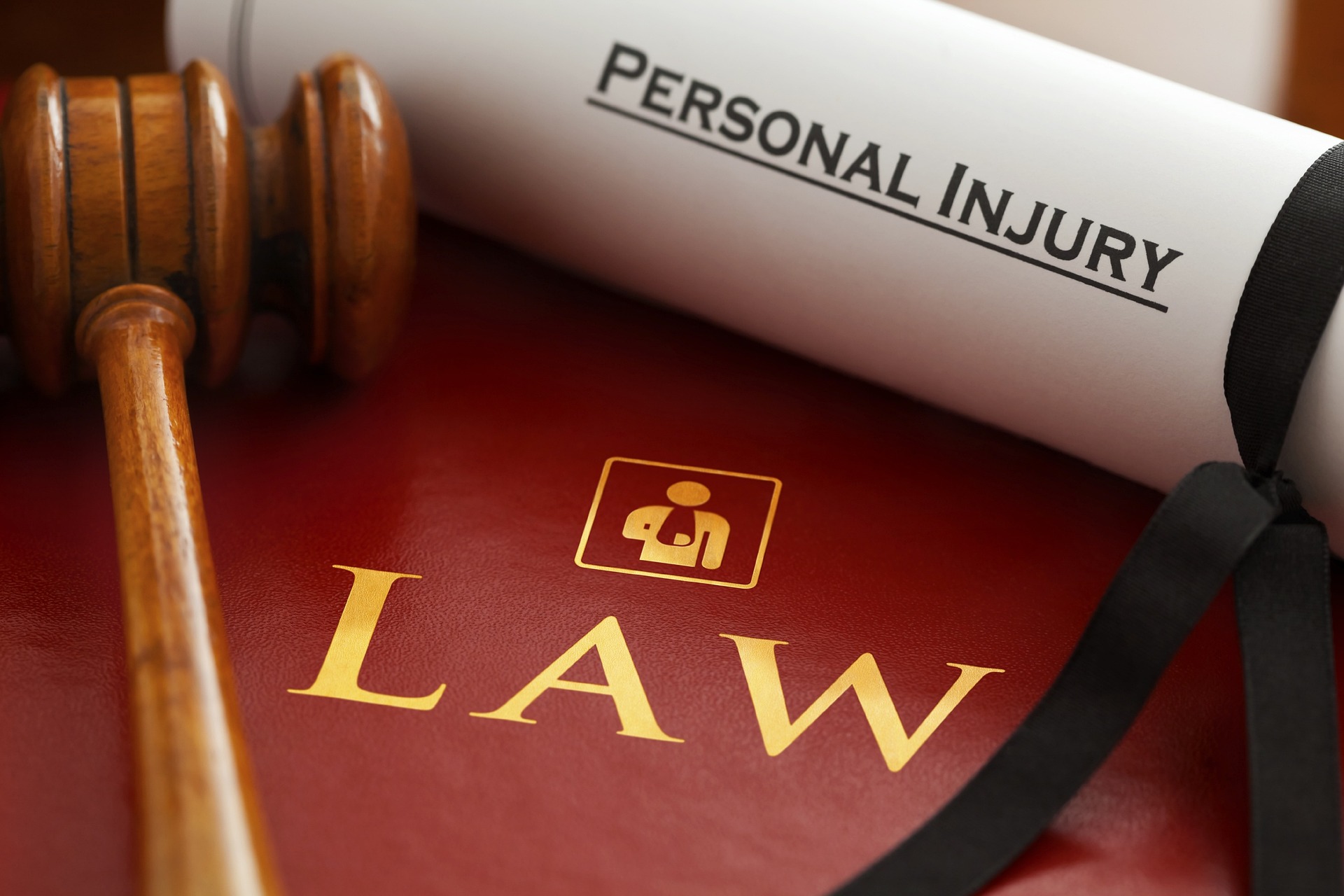Accidents happen every day. While some are pure accidents, others result from someone else’s negligence or wrongdoing. That is why it is important to assess the circumstances leading to an accident to determine your next course of action.
If you believe that the accident occurred as a result of a third party’s negligence, you may be entitled to compensation for damages suffered through a personal injury claim. You can recover damages for lost wages, medical bills, emotional distress, and pain and suffering.
But before you can make such a claim, you need to understand the basics of personal injury law. The legal definitions and processes involved in a personal injury claim can be intimidating, especially if you have no legal experience.
Fortunately, we have prepared this guide to answer all your questions about personal injury law. Read on to learn more:
What Is a Personal Injury?
Before we get into the details of personal injury law, it is important to understand what a personal injury is.
A personal injury is any physical or psychological harm caused by another person’s negligence or intentional wrongdoing.
Most personal injuries result from car accidents, medical malpractice, slip and fall accidents, dog bites, and workplace injuries.
Personal injury law is the branch of law that addresses civil wrongs and compensates victims for their losses.
So, if you have been involved in a personal injury, you will rely on this branch of law to seek compensation from the responsible party. To do this, you must file a personal injury claim against the at-fault party.
A personal injury claim is a legal action you can take against the person, company, or government agency that caused your accident. You can file such a claim seeking compensation for damages suffered as a result of the accident.
Some common damages sought in personal injury claims include medical bills, lost wages, and other financial losses.
Who Can File a Personal Injury Claim?
Anyone who has suffered a personal injury can file a claim. This includes individuals injured in car accidents, slip and fall accidents, medical malpractice incidents, dog bites, and more.
In many cases, family members of an injured person may also choose to file wrongful death claims seeking compensation for damages due to their loved one’s death.
What Are the Steps to Filing a Personal Injury Claim?
The steps involved in filing a personal injury claim can vary from state to state. Generally, however, you will need to:
- Gather evidence related to the accident, including photos of the scene and medical records.
- File a complaint with the responsible party.
- Submit proof of your damages and losses.
- Negotiate with the at-fault party’s insurance company.
- File a lawsuit if needed to obtain a settlement.
Reaching out to an experienced personal injury attorney can help you successfully file a claim and maximize your compensation.
What Are the Elements of a Personal Injury Claim?
To prove liability in a personal injury claim, you must establish four elements: duty, breach of duty, causation, and damages.
- Duty: You must show that the at-fault party had a duty of care to take reasonable steps to protect you from harm.
- Breach of Duty: You must prove that the at-fault party breached this duty in some way, leading to your injuries.
- Causation: The breach of duty must be proven to be the direct cause of your injuries.
- Damages: You must also prove that you suffered actual damages, such as medical bills, lost wages, or pain and suffering.
How Can I Prove Liability in a Personal Injury Claim?
To recover compensation for your losses, you must demonstrate that another person or entity is liable for your injuries. This means you must prove four elements, as outlined above.
Here are some of the common forms of evidence that can help establish liability in a personal injury claim:
- Photos, videos, and other visual evidence of the accident scene.
- Statements from eyewitnesses.
- Documents, such as police reports and medical records.
- Expert witness testimony.
- Testimony from friends or family members who were present during the incident.
Personal injury claims can be complex and require a thorough investigation to prove liability and damages. A skilled personal injury lawyer can help you build a strong case and obtain the compensation you deserve.
Time Limits for Filing a Personal Injury Claim
When it comes to filing a personal injury claim, the most important thing to remember is that there are time limits.
The amount of time you have to file your claim will depend on the laws in your state; however, in most cases, you have one to two years from the date of your accident.
If you fail to file a claim within this statute of limitations period, you may be unable to obtain compensation.
Therefore, it is important that you contact an experienced attorney as soon as possible after your injury occurs.
Summary
Personal injury law can be a complex area to navigate. Understanding the basics of a personal injury claim is essential for successfully recovering compensation for your losses.
If you have been injured due to someone else’s negligence, it is important to act quickly because there are time limits on filing a claim.
To ensure your claim is accurate and complete, talk to an experienced personal injury lawyer to guide you through the process and ensure any recoverable damages are pursued.
With the right legal representation and carefully chosen facts, you may be able to obtain the justice and compensation you deserve.


